This article originally appeared in Spanish at El Diario. You can find all of the English versions of the Fighting Basques series here.
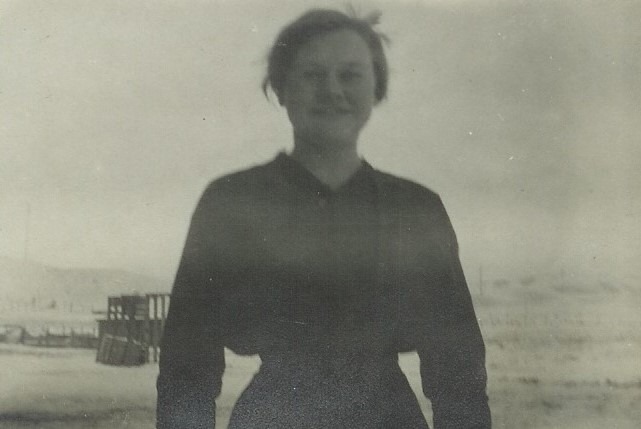
“Echoes of two wars, 1936-1945” aims to disseminate the stories of those Basques and Navarrese who participated in two of the warfare events that defined the future of much of the 20th century. With this blog, the intention of the Sancho de Beurko Association is to rescue from anonymity the thousands of people who constitute the backbone of the historical memory of the Basque and Navarre communities, on both sides of the Pyrenees, and their diasporas of emigrants and descendants, with a primary emphasis on the United States, during the period from 1936 to 1945.
THE AUTHORS
Guillermo Tabernilla is a researcher and founder of the Sancho de Beurko Association, a non-profit organization that studies the history of the Basques and Navarrese from both sides of the Pyrenees in the Spanish Civil War and in World War II. He is currently their secretary and community manager. He is also editor of the digital magazine Saibigain. Between 2008 and 2016 he directed the catalog of the “Iron Belt” for the Heritage Directorate of the Basque Government and is, together with Pedro J. Oiarzabal, principal investigator of the Fighting Basques Project, a memory project on the Basques and Navarrese in the Second World War in collaboration with the federation of Basque Organizations of North America.
Pedro J. Oiarzabal is a Doctor in Political Science-Basque Studies, granted by the University of Nevada, Reno (USA). For two decades, his work has focused on research and consulting on public policies (citizenship abroad and return), diasporas and new technologies, and social and historical memory (oral history, migration and exile), with special emphasis on the Basque case. He is the author of more than twenty publications. He has authored the blog “Basque Identity 2.0” by EITB and “Diaspora Bizia” by EuskalKultura.eus. On Twitter @Oiarzabal.
Josu M. Aguirregabiria is a researcher and founder of the Sancho de Beurko Association and is currently its president. A specialist in the Civil War in Álava, he is the author of several publications related to this topic, among which “La batalla de Villarreal de Álava” (2015) y “Seis días de guerra en el frente de Álava. Comienza la ofensiva de Mola” (2018) stand out.
From the small Baltic province of present-day Estonia, located in northern Europe, the Kivimägi/Kewe family came to Tarhan — in the western part of the Crimean Peninsula bathed by the Black Sea. They were searching in these confines of the Russian Empire for a new beginning. Maria Kivimägi was born there in 1894. Within a few months, she, her parents, and five siblings (two boys and three girls) headed to North America. For a time they lived in South Dakota, United States, where three other sisters were born. Beginning in at least 1905, the family resided in the Province of Alberta, western Canada. At 17, Maria and her family crossed the border from Coutss, Alberta to Sweet Grass in Montana. Maria would make Montana her last home.
In 1897, the SS Rotterdam arrived at the port of New York from the French town of Boulogne-Sur-Mer. On board was the young Navarrese Juan Martin Ibarrola, born in 1876 in the town of Zilbeti in the Pyrenean Valley of Erro. His destination was Montana. It was upon entrance to the US where the spelling of his surname changed to Ybarrola. After a decade of hard work, Martin, together with his nephew Prudencio Agorreta Ibarrola who arrived in the country around 1910, established a sheep ranch. At least three other nephews, including Prudencio’s brother Benito, worked on the ranch for some time.
It was at Martin’s ranch — which converted each year into a sheep-shearing center open to his neighbors — that Maria met him. The ranch was located outside of Havre, near Chester, in Hill County, in north central Montana. With an area of nearly 3,000 square miles, Hill County in 1920 had a population of about 14,000 people. Other Basque families such as the Etchart-Urquilux also made Montana their new home. In 1918, Maria and Martin got married in Havre. Maria was 24 years old and Martin 42. They had 6 children: John Donald (1917), Catherine Josephine (Sister Ann Dolores) (1919-2015), James Martin (January 26, 1921), Ann Elizabeth (1922-1962), Rosemary ( 1924-2017) and Joseph (1926). They grew up on the Havre ranch, until the sudden death of their mother in 1928 from the flu changed their lives dramatically.
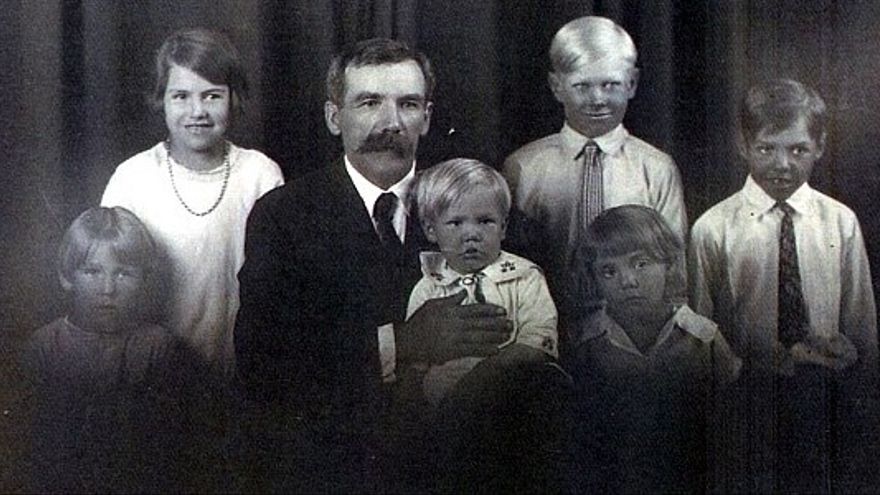
Despite Martin’s efforts to keep the family together, he eventually had to take the children to the Santo Tomás Orphan Home in the town of Great Falls, Montana where they received housing and education. The orphanage had been founded by the Sisters of Providence in 1908. Later, Martin decided to move into the orphanage itself to be close to his children, giving the ranch to Prudencio. He took care of the Sisters’ animals to cover the cost of keeping his children, although they only had limited contact as they were in separate dwellings. After graduating from the orphanage in 1936, Catherine, the older sister, entered the Sisters of Providence in 1937 as a novice in Seattle, Washington. She made her final vows in 1941. She was renamed Sister Ann Dolores.
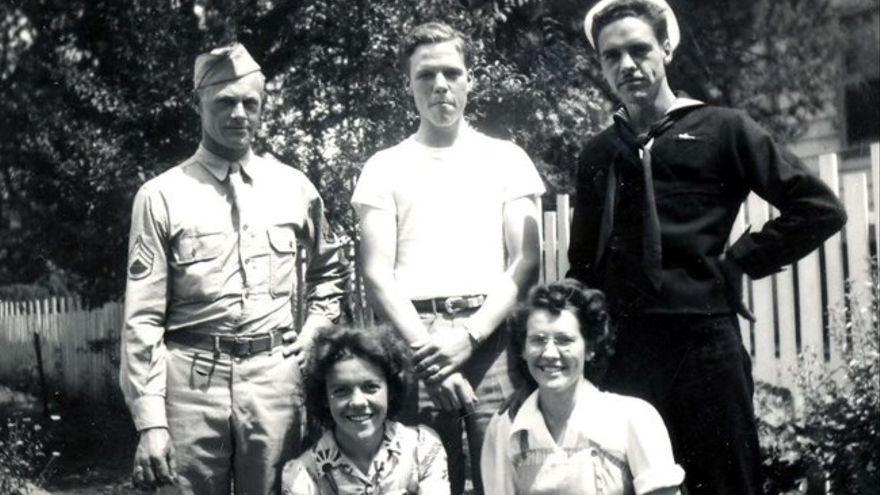
Like many children of Basque-American families, three of the Ybarrola brothers also served in the US military. The oldest, Don Ybarrola, enlisted six months before the attack on Pearl Harbor, and spent four years in the military, graduating with the rank of sergeant. He passed away in San Leandro, California, in 1980, at the age of 63. Joe Ybarrola, the youngest of the family, enlisted in the Air Force in the fall of 1944, passing away at age 70 in Stockton, California.
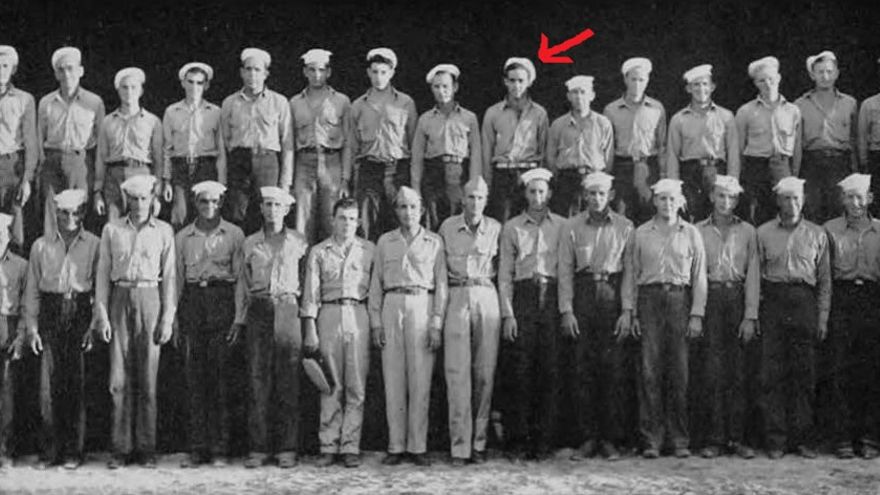
At the age of 22, Jim Ybarrola enlisted in the Navy in Seattle in 1943. He served in the 46th Naval Construction Battalion, known as the “seabees” (a nickname inspired by pronouncing the acronym CB, Construction Battalions). These battalions were created beginning in March 1942 and served on multiple fronts throughout the theaters of operations in the Atlantic — including D-Day in Normandy — and in the Pacific, with a presence on more than 300 islands. Their job was to build all kinds of infrastructure, including airfields, docks, ammunition bunkers, supply depots, hospitals, fuel tanks, and barracks. Jim developed his military career in the South Pacific. The 46th took part in the D + 2 Day (March 1, 1944) of the assault on Los Negros Island, of the Admiralty, occupied by Japan since April 7, 1942. The allied victory meant the definitive isolation of the largest Japanese base, located in the city of Rabaul, in New Guinea, clearing one more obstacle on the unstoppable road to Japan.
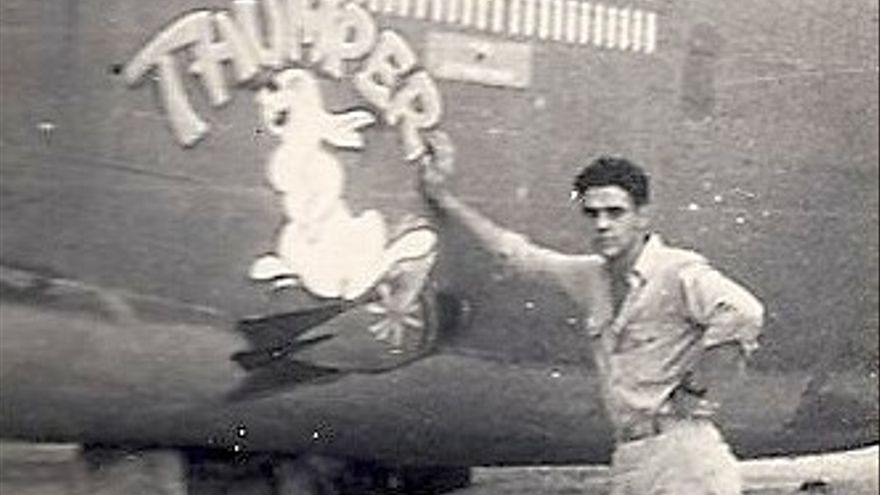
According to Jim’s son, the anthropologist Steven Ybarrola, “the war was one of the things my father talked about a lot. It had a huge impact on his life. It wasn’t traumatic for him, from what I could see, but rather a time of camaraderie. He rarely spoke of the traumas of the war, unless he spoke of having contracted malaria and its recurrence throughout his life after the war. This may be due to the fact that he was not in ‘active’ combat, but rather on a construction team. ” After the war, the entire family, with the exception of Sister Ann Dolores, managed to reunite in the city of Stockton, the last military destination to which Don was sent. The father of the family, Martin, passed away at the age of 75 in this Californian town. He never returned to Zilbeti. An implicit theme in the immigration stories of Maria and Martin — and the consequent separation from their own families (in Martin’s case since he was 21 years old) — is the great importance they conferred on the family, whether it was the sacrifice Martin made to keep his children together or the tenacity to keep the family together after WWII, values that they were able to instill in their children and their children in theirs.
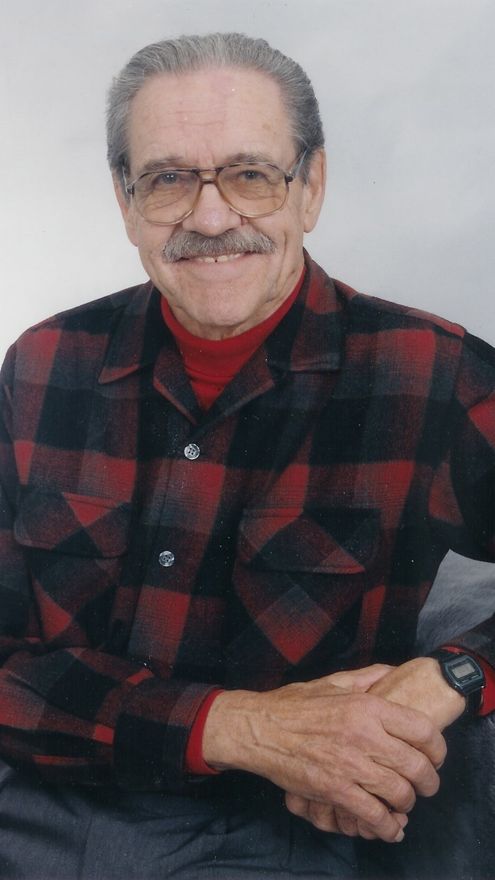
Jim passed away on November 3, 2019, in Stockton, at the age of 98. “My father had a sharp wit and a great sense of humor. He was with us for 98 years, but it still wasn’t enough!” laments his son Steven. With his departure, and that of many of his comrades in arms, an important part of the living memory of the United States and the Basque Country is lost. They put aside their families, their jobs and studies. Ultimately, they postponed their lives for an eventual allied victory that would make it possible for them to soon return to their homes and to their loved ones. An estimated 250,000 WWII veterans are still alive today. May this article, on the 75th Anniversary of the Victory in Europe, serve as a small tribute from the Sancho de Beurko Association and the research project “Fighting Basques: Basque Memory of WWII” to the hundreds of Basques and Americans of Basque origin who sacrificed their lives, and in some cases to the ultimate consequence, in favor of freedom.
Discover more from Buber's Basque Page
Subscribe to get the latest posts sent to your email.

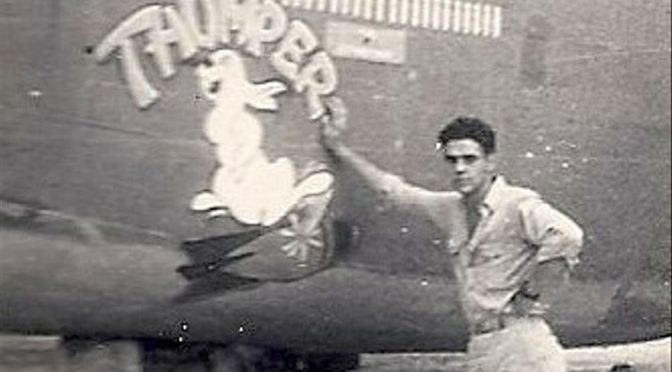

Very well written. Being a decendant of sheep herding Basques, from Shoshone, Idaho, It is very interesting to hear very similar as well as completely different stories from other Basque families. Always honor, respect, love and preservation of the family are the values that shine through each story. Thanks for sharing. I am very proud of my heritage and keep searching for more accounts of our Basque heritage.